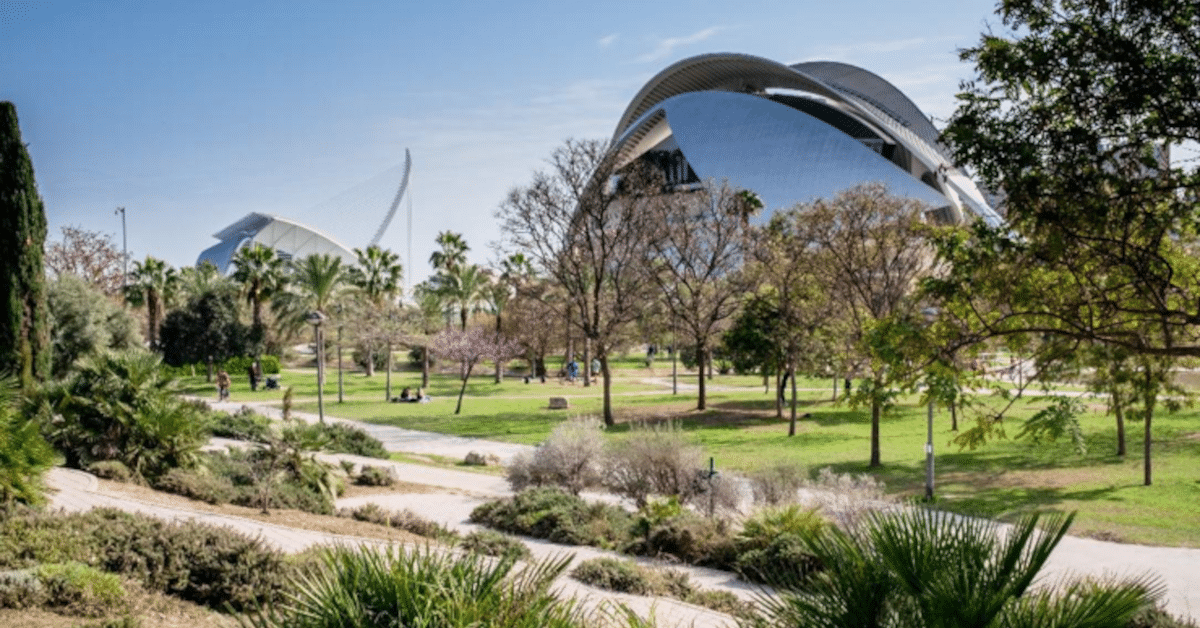Cities are at the closest level of government to citizens and have key sectoral competencies to greatly contribute to national mitigation and adaptation strategies. Several Spanish cities are implementing interesting local climate-related measures, including renaturation and nature-based solutions.
– Cities and municipalities at the centre of energy transition.
– Several good examples of greening cities in Spain.
– Regulatory and financing frameworks echo the key role of cities in accelerating local climate action and advancing towards a decarbonized and resilient society.

The decarbonization of the economy requires drastic emissions reduction and most carbon-intensive sectors are concentrated in urban areas. Cities and municipalities are crucial sites of action to carry out the transformational changes needed, as well as strategic hubs for research and innovation towards green, liveable, healthy and climate-neutral areas, through pilot and demonstration projects easily replicated.
The Spanish NECP includes mitigation measures to be developed at local level, mainly related to transport (restricted traffic, modal shift, electric vehicles), energy (renewable self-consumption and local energy communities) and buildings (energy rehabilitation and equipment renovation). Also, cities and municipalities have planned and implemented other relevant climate measures in terms of urban planning and biodiversity, air quality and health, waste management and circular economy.
In the last few years, the concept of renaturation has made its way in cities and there are already many examples in Spain of this green recolonization of the urban landscape, such as: the ‘Superilles’ (Barcelona), the Green Ring and the Salburua Ramsar wetland (Vitoria-Gasteiz), the renaturation of the Manzanares River (Madrid), Expo 92 site with bioclimatic criteria (Sevilla), butterfly micro-reserve in urban area (Logroño), urban gardens placed on the banks of the river (Salamanca), public urban park located in the old Turia riverbed (Valencia), gardens for biodiversity network and restoration of `Parque de las Llamas´ (Santander).
It is essential that municipal authorities have access to sufficient funding and technical support for the implementation of local climate measures (SECAPs). The Spanish Government (‘Fundación Biodiversidad’) has already promoted €257 million in aid for projects aimed at greening cities, increasing biodiversity and ecological connectivity in urban areas. Through the Spanish Recovery and Resilient Plan up to 55 projects have already started from the 2021 call (18 for renaturation of cities and 37 for restoration of river ecosystems and risk mitigation flood), and 64 applications were received for the 2022 call, with a budget of €62 million.
These aids for greening cities will continue thanks to the UE Regional Development Fund. The revised NECP should identify and promote these measures at municipal level and indicate how this support will be guaranteed and delivered.

